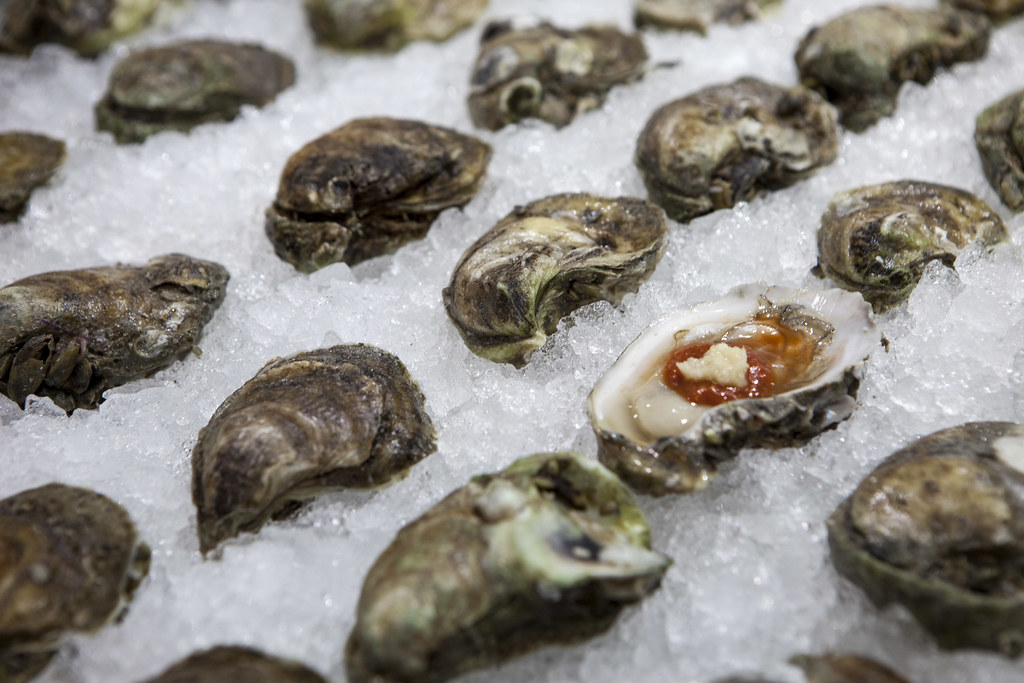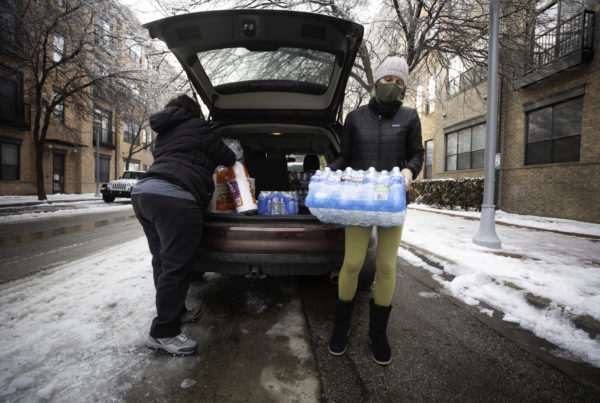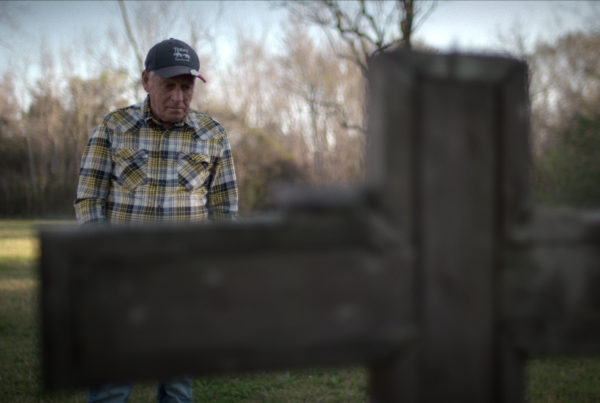The Louisiana Department of Health sent out a notice last week that more than 40 people got sick after eating raw oysters.
The oysters, as it turns out, were harvested in Texas. All the shellfish that made people sick came from a particular part of Galveston Bay, where wild oysters and farmed oysters are harvested. The Texas Department of State Health Services has suspended oyster operations in that part of the bay.
Jason Heid, health, business, and innovation editor for Texas Monthly, recently wrote about the up-and-coming oyster farming industry in Texas. He spoke to the Texas Standard about the recall’s impact on businesses here.
This transcript has been edited lightly for clarity:
Texas Standard: Texas is way behind other Gulf states when it comes to farm-raised oysters, and the Legislature just approved rules to farm oysters a couple of years ago. And you recently wrote about how difficult it’s been to get that industry up and running. How big of a setback is this food poisoning news?
Jason Heid: You know, for the farmed industry – because the industry is so small still – there are only three farms operating at present, although a handful more are very close to getting in operation. The wild harvest fishers who are out there during the public harvesting season, which runs from November through April, they already have suffered tremendous setbacks in recent years. You know, when the season opened in November, the Texas Parks and Wildlife actually kept most of the public harvest areas closed. So there’s actually relatively few places where you can harvest wild oysters in Texas that are open right now. And to have this portion of Galveston Bay shuttered in response to this is another major setback for these fishers. And it’s all the more reason that the state is really trying to get a robust farming industry up and running.
It’s not necessarily a setback for the farming industry, aside from the one farm that is in operation, that is actually in the area that was affected by the shutdown. I spoke to Hannah Kaplan, who is one of the farmers featured in my story, and she explained that they were affected by this, that they can’t harvest right now. And they have to wait for the state health department to clear that bay to be reopened. And they had to recall some oysters from customers that they had just delivered them to just before the shutdown went into effect and dumped those oysters. So it is a setback for her, for the farming industry as a whole, and not necessarily just because it is just getting up and running.
What are some of the things that can go wrong when you’re trying to farm oysters?
Oh, of course, all manner of things can go wrong. I mean, one thing that the earliest farmers have been figuring out is that all this gear that was developed for the farming industry was developed mostly in Canada, in Australia, areas where the bays in which oysters live and thrive and the reefs in which they grow exist in very different conditions. Texas has these very shallow, windswept bays, and the early Texas farmers have already learned that the equipment that has been designed elsewhere can’t stand up to the way that the wind whips across these bays. And then oyster farming is not as simple as simply putting oysters in the water and watching them grow and harvesting them months or a year later. You have to maintain those cages that you keep the oysters and maintain those bags. It’s a constant maintenance cycle, on a weekly basis at least.
Well, having been so close to this industry, how optimistic are you about its long-term success in Texas?
I think it absolutely can be a success. Texas has some really great natural advantages when it comes to being able to farm oysters. Paramount among those is that because our waters are warm, the oysters grow much faster here. In parts of Canada, it can take, you know, 2 to 3 years for an oyster to grow to maturity sometimes because of those cold waters. We had the first farmed Texas oysters, from the time that the seeds were planted, up and running in a matter of seven months.
So you could potentially have an industry here where Texas could produce farmed oysters at a much greater scale, much faster than any other state. It’s just a matter of teaching consumers that these Texas Gulf oysters are just as good as those, you know, Prince Edward Island or those Pacific Northwest oysters that they routinely will drop $3 to $4 an oyster to eat raw on the half shell. It’s a matter of educating the consumers that this is a different type of Texas oyster than they’re used to.













